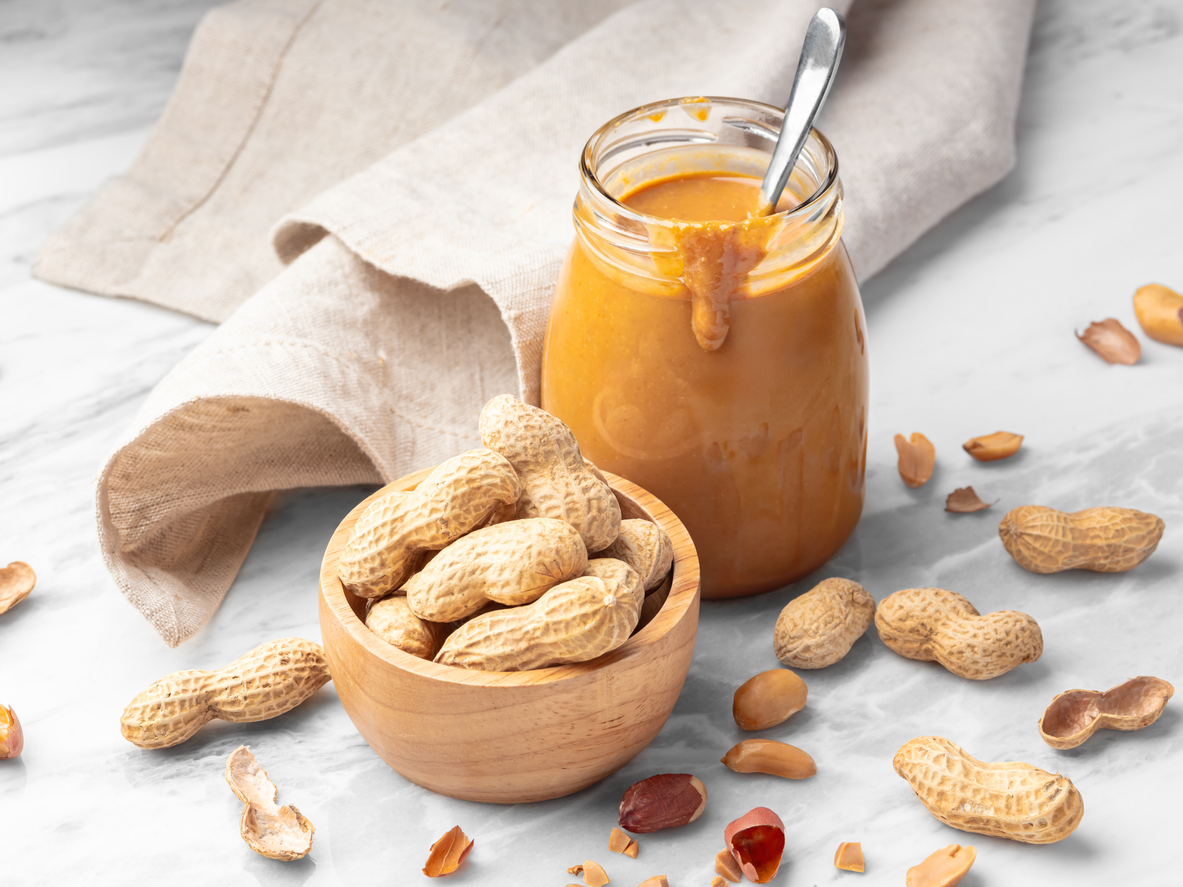2024-09-05
Adverse effects of intravesical injection of OnabotulinumtoxinA in patients with idiopathic overactive bladder or neurogenic detrusor: a systematic review and meta-analysis of randomised controlled trials
Urology-nephrology
Despite the efficacy of onabotulinumtoxinA, its safety profile remains a cause for concern.
This meta-analysis examined the major adverse events (AEs) associated with intravesical treatment with onabotulinumtoxinA in patients with neurogenic detrusor overactivity (NDO) and idiopathic overactive bladder (IAB).
Randomised controlled trials (RCTs) conducted between January 2000 and December 2022 were searched for adult patients who received different doses of onabotulinumtoxinA or onabotulinumtoxinA versus placebo. Quality assessment was performed using the Cochrane Collaboration Tool, and statistical analysis was performed using Review Manager version 5.3. A total of 26 RCTs were included in the analysis, including 8 on NDO and 18 on iOAB.
Administration of onabotulinumtoxinA versus placebo significantly increased the incidence of urinary tract infections (UTIs) in patients with NDO (relative risk, or RR, 1.54) and iOAB (RR, 2.53). There was no difference in RR with different doses of onabotulinumtoxinA.
Urinary retention was frequent with the use of onabotulinumtoxinA in the NDO (RR, 6.56) and iOAB (RR, 7.32) groups. Similar observations were made regarding the risks of de novo clean intermittent catheterisation (CIC).
The risk of difficulty urinating increased with the use of onabotulinumtoxinA in patients with iOAB.
Systemic AEs of onabotulinumtoxinA, including muscle weakness (RR, 2.79) and nausea (RR, 3.15), were noted in patients with NDO; most systemic AEs were low incidence and sporadic
Source(s) :
Yu PH, Wang CC ;



